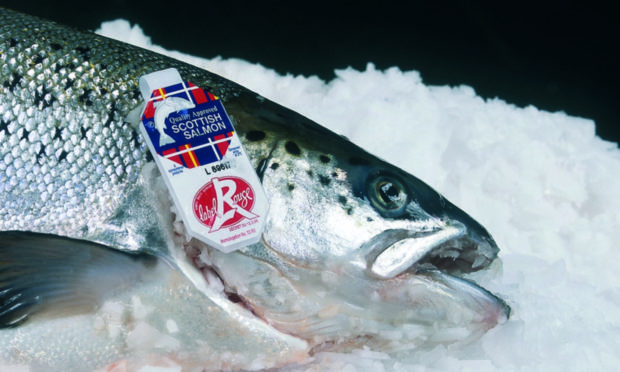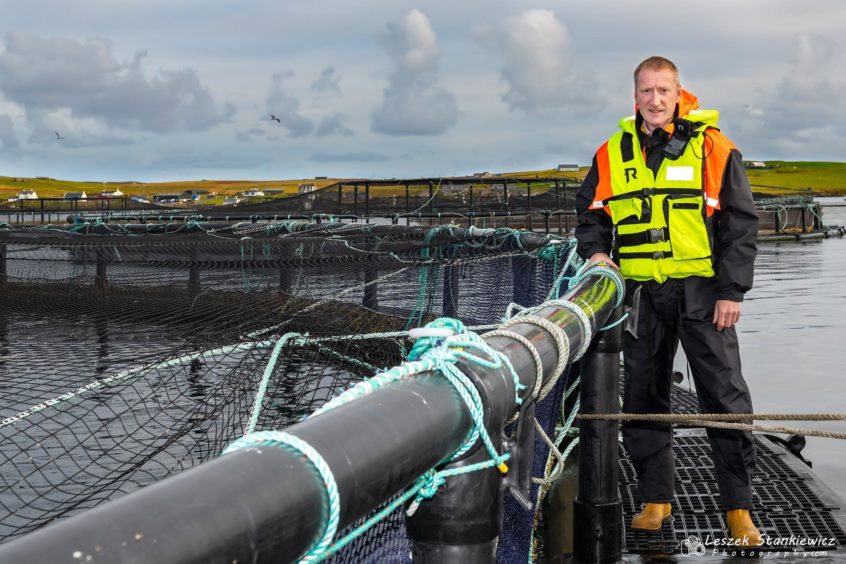EU red tape that has been creating delays to seafood industry exports from the UK is being cut, the Scottish Seafood Exports Task Force has heard.
The new group – set up in response to seafood export chaos in January – has just held its second meeting, bringing together key industry figures with ministerial and official representatives of both the UK and Scottish governments.
UK Fisheries Minister Victoria Prentis joined the virtual event, hosted by the Scotland Office, and told the task force streamlining of paperwork required by the EU had taken place as a result of industry feedback.
Ms Prentis said: “We are ensuring exports keep flowing and are fixing bureaucratic issues such as instances where the same information has to be input multiple times.
“We have held 11 workshops to discuss issues and progress so far, and we will continue to work closely with the industry and Scottish Government to address any outstanding concerns.”
Chairing the task force meeting was Scotland Office Minister David Duguid, who said: “We have instigated specialist work to map the seafood process from catch to customer.
“The idea is to identify and then eliminate choke points that have arisen in some supply chains.”
Mr Duguid, Conservative MP for Banff and Buchan, said discussions were ongoing to make sure the industry gets the best out of support schemes offered by both governments.
He added: “Today’s focus was on efficiency and costs, and it was helpful to hear from Tavish Scott, CEO of the Scottish Salmon Producers’ Organisation (SSPO), who has agreed to head a working sub-group that will drill down into specific areas where the industry tells us it is facing problems.”
This cannot be the ‘new normal’.”
Tavish Scott, chief executive of the Scottish Salmon Producers’ Organisation
New figures from the SSPO show Scotland’s salmon farmers have incurred losses of at least £11 million as a direct result of the changes brought about by Brexit.
The total includes the cost of extra paperwork, new layers of bureaucracy, delays and “the confusion caused by the end of the Brexit transition phase”, the trade body said.
Scottish seafood businesses have experienced considerable delays since January 1, some of which have resulted in lost orders, failed deliveries, unharvested fish and heavily discounted products at market.
The salmon sector alone is estimated to have suffered an immediate loss of sales to the tune of 1,500 tonnes of produce, despite preparing as best it could for the changes.
According to the SSPO, Scottish salmon farmers have had no choice but to delay harvesting 700t of fish in order to minimise any of their high-quality product becoming spoiled or destroyed.
The sector has also experienced various increasing costs that are unrelated to production, with these estimated to total around £200,000 in January alone.
These overheads are the cumulative result of additional export documents and resources, logistics costs, administrative and veterinary costs, as well as lost custom as a result of reduced confidence in the supply timeline.
Mr Scott said: “This cannot be the ‘new normal’. Our members cannot guarantee reliable delivery times to the European Union, which is our biggest overseas market.
“The systems need to be streamlined and a lighter touch adopted on all sides to make sure we can continue to serve our European customers as we have in the past.
“If not, they will go elsewhere and we will lose both trade and customers.
“We are calling on both the UK and Scottish governments to work together with us and with the supply chain to make sure there are no more blockages in the system which prevent our members from getting their fish to market on time.”
HM Revenue and Customs figures show global exports of Scottish salmon fell by 23% to 72,155t last year, due to the impact of the Covid-19 pandemic.
‘Confusion’
Meanwhile, Scottish Fisheries Secretary Fergus Ewing has called on the UK Government to provide “urgent detail” on its recently £23m Seafood Disruption Support Scheme.
In a letter to the UK Government ahead of the second meeting of the task force, Mr Ewing urged Westminster to consider withdrawing its scheme in Scotland, and instead provide funding to the Scottish Government to administer the funding under devolved powers.
Mr Ewing said he had concerns about confusion among firms over the UK-wide scheme and the Scottish Government’s own £7.7m programme to support the industry, its Seafood Producers’ Resilience Fund.
He added: “I am concerned there is a lack of understanding of the handling of the two funding schemes and the real-world implications in failing to discuss and align both of them.”


